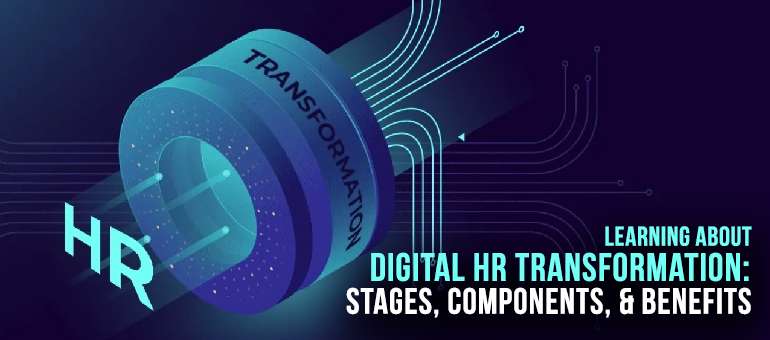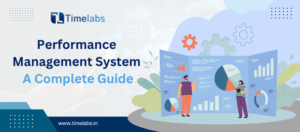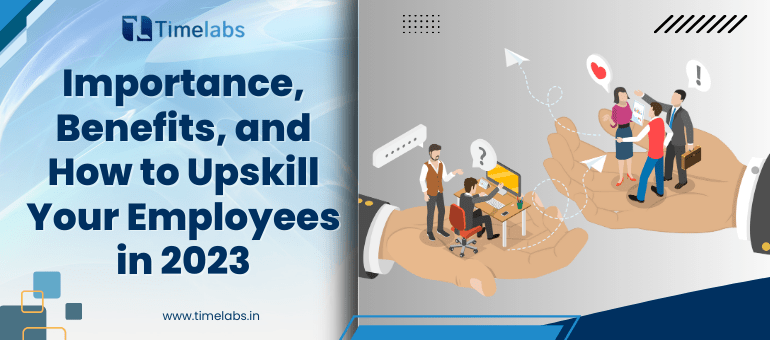Digital HR transformation is the new buzzword for organizations looking to create an impact. There is more to learn than using a new HRIS. You need the right strategy and relevant resources to win big.
It is the digital age, and one must adapt to the technological environment to stay relevant. Organizations that envision themselves as the leaders of tomorrow have brought about a change in their system by adapting to digital HR transformation. It’s not about upgrading to smart HR software. There’s more to it! Your efforts are successful if your tasks are automated and data-driven.
What is Digital HR Transformation?
In a simple language, it is making good use of digital technology to improve HR processes. Maybe the HR department was relying on manual methods to accomplish complex HR tasks earlier: it can now include cloud based HR solutions, including HRIS, employee self-service portals, resources analytics tools, and internal communication platforms. After the successful integration, HR can study how new tools, apps, and programs can benefit the organization and implement them effectively. One thing we know is: it can improve HR processes and help in employee engagement and productivity.Stages of Digital HR Transformation
When considering digital transformation, organizations can fall into different stages based on the HR methods and procedures they use to complete HR tasks. Let us discuss the six stages of HR digital transformation and the need to move to the stage that yields benefits for an organization.Stage 1: Business as Usual
It is the stage where organizations are reluctant to implement changes. Maybe they have worked in a certain way, and it has brought results. It could be relying on old and obsolete methods or software that are likely to lose relevance in the future. When we talk about a Human Resources Integration System or HRIS, modern organizations could be the first ones to benefit from its offerings. Everything is given, from easy onboarding to accurate payroll calculations. However, the leadership team of an organization may assess risks and challenges in adopting new technology. They remain under the impression that what has worked for ten years may work in the future as well. They may know a few HR tactics to retain employees or to read the customer perception. Here, the point is to change the rigid mindset and be a bit flexible. It could be old HR software that has less relevance in these times. Organizations that fall under stage one need to understand the relevance of digital transformation.Stage 2: Present and Active
It is the stage where organizations consider digital transformation with an open mind. They are ready to experiment and put an HRIS to use to see its effectiveness. The change could be a result of an old HR method that is not making sense anymore. For example, the manual method of onboarding formalities may have taken the time and cost too. With an HRIS, one can easily track applicant progress or save the onboarding data into the system without hustle. So, if you are considering digital transformation, it’s time to experiment with what can work and what you can avoid. Take note that it’s productive to test undertaking a reality-based scenario and know if it’s working for you.Stage 3: Formalized
At this stage, you are open to experimenting with different things. You explore several HR-related technologies that can help make your HR department productive. You no longer dear the failure in extremity and take bold decisions. It could be a risk to switch to new payroll software and stop using the existing one. Or, it could be trying to integrate different HR functions and see if it’s making you believe in the digital world.Stage 4: Strategic
During this stage, you nod to bring a much-needed transformation in the HR system. Different teams come together to collaborate and support HR functions that also result in benefiting them. You can find insights that you can consider to plan ahead of time. There could be HR solutions that you were planning to discuss for a long time. Now’s the time to make things happen!Stage 5: Converged
Once you have moved ahead from the strategic phase, you will have a dedicated team working on implementing the changes in this stage. Let’s talk about why you need to focus on customer-centric HR solutions besides facilitating employees. With a dedicated team, you can assure yourself of finding the success rate of the digital transformation. There could be changes or decisions to be made. By analyzing the data, you can move ahead and make your organization resourceful.Stage 6: Innovative and Adaptive
It is the last stage of digital transformation where the decision-makers can start to see results. A new HR space is created and promoted to bring about change that benefits one and all. At this stage, the leadership team realizes the importance of digital transformation and how it has made processes easy.Components of Digital HR Transformation
The major components that define the success of digital transformation include people, innovation, analytics, etc. Let’s learn about these components in detail.Leadership
A leadership team communicates with employees regarding any change in the organization. For successful digital transformation, the leadership team must discuss the changes in the HR space and how they will benefit the organization. A robust digital transformation strategy needs to be created and implemented wisely.HR Technology
For effective digital HR transformation, HR should know about the latest technology and how it helps them achieve organizational goals. It’s crucial that the technology used is relevant and helps both employees and customers.People
An organization can think of the digital transformation when its people are capable enough to lead the path. They must know how to use or collaborate with other functions so that digital transformation can take place without trouble. Besides, your employees should be happy to accept the change and work towards making an organization sustainable. For example, if your employees are used to the old HR software, it needs to be trained to use the new one. The latter will have more functions that can make their task easy. Employees need the training to make the best use of HR software.Data & Analytics
Implementing digital HR processes is one thing, but realizing if it’s making sense is a different game altogether. As you pass through different stages, you must measure the progress. Maybe you’ve started working on new HR software or HRIS. It’s wise to generate reports and analyze data to determine if you’re heading in the right direction.Innovation
Organizations that keep innovating are the ones creating an impact. While thinking of digital HR transformation, it’s not only about using the latest HRIS, but you should also find ways to innovate further and bring disruptive solutions to the table.The Way Forward
With all that said above, you must ask yourself: What’s the way ahead? Well, it’s not easy to execute digital HR transformation stages. You must have the right mindset to set measurable goals. It is better not to make processes complex in your quest to find easy solutions. The mantra is to keep calm and do the right thing.
Facebook
Twitter
LinkedIn
Pinterest
Email



